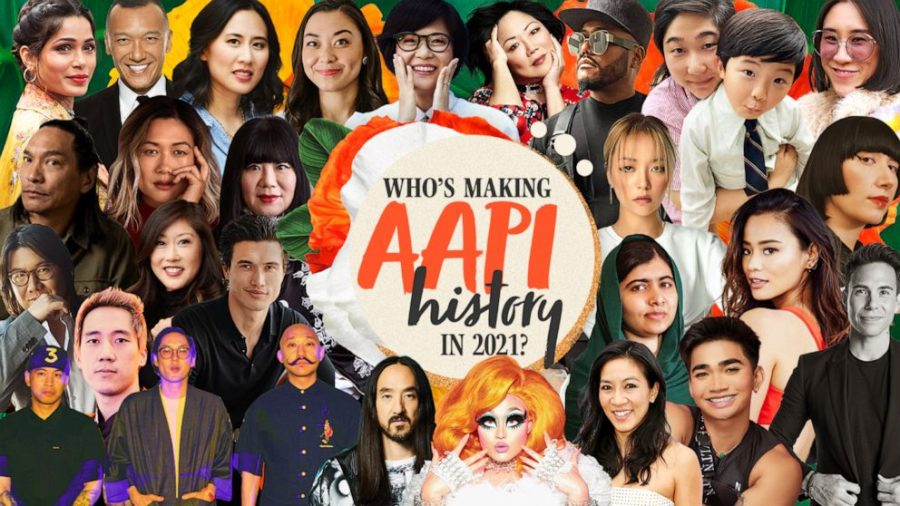Historical AAPI Figures You should Know for the Month of May
May 26, 2022
The month of May is dedicated to the Asian American and Pacific Islander (AAPI) community. During this month, here are some historical figures from American history that you should now.
Queen Liliuokalani
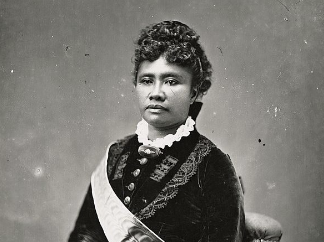
Queen Liliuokalani was the first woman to ever rule Hawai’i. She implemented a new constitution to restore the lost powers of the monarchy from the Bayonet Constitution. However, the U.S. annexed Hawai’i in 1898 and dethroned Queen Liliuokalani. Queen Liliuokalani strongly disagreed with the actions of the Americans and believed that Hawai’i should be controlled by native Hawai’ians. Her advocacy did not go to waste as she is a historical icon in Hawai’i and one of the many songs she wrote, “Aloha Oe,” became a national anthem of Hawai’i.
Fred T. Korematsu
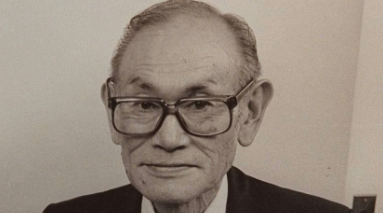
Now you may recognize the last name, Korematsu, from the Supreme Court case, Korematsu v. The United States. Fred Korematsu was a civil rights leader and pioneer. During WWII, Japanese Americans were sent to internment camps by Executive Order 9906, after the bombing of Pearl Harbor. Korematsu fought against discrimination and injustice in the United States and resisted the internment of Japanese Americans.
Susan Ahn Cuddy
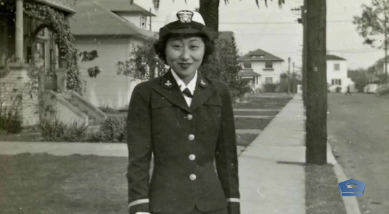
Susan Ahn Cuddy was a World War II Navy Lieutenant, the first female Asian American naval officer, and the first female gunnery officer. Born in Los Angeles, California, her parents immigrated from Korea in 1902 to escape the Japanese occupation. However, Cuddy’s father was arrested for promoting Korean independence while he was in Korea and died while incarcerated. Cuddy enlisted in the navy during WWII to honor her father, fight against the Japanese, and embrace her Korean heritage.
I.M. Pei

Ieoh Ming Pei, famously known as I.M. Pei is a Chinese American architect. He was born in Guangzhou, China, but moved to the U.S. in 1935 to pursue his education at the University of Pennsylvania’s architecture school. Some of his magnum opuses include the Louvre’s glass pyramid, John F. Kennedy Memorial Library, Rock & Roll Hall of Fame, and Baltimore World Trade Center.
Larry Itliong

Larry Itliong played a pivotal role during the Asian American Movement in the late 1960s-70s. Moving from the Philippines to Stockton, California, Itliong dreamed of being an attorney, but he could not pursue his dreams because of racism and poverty. He is most known for being involved in the farmworkers union and convincing thousands to go on strike against local vineyards for better pay and the right to form a union. He worked with other leaders such as Cesar Chavez and Julio Hernandez.
Chien-Shiung Wu
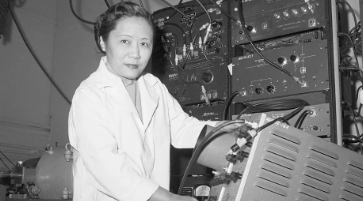
Chien-Shiung Wu moved to San Francisco, California in 1936 and enrolled at the University of California, Berkeley where she completed her Ph.D. physics in 1940. Not only did she overcome racial and gender barriers in society, but she was the only known Chinese person who worked on the Manhattan Project in 1944. To add on to her stellar achievements, she was the first woman to be the president of the American Physical Society.
Bruce Lee
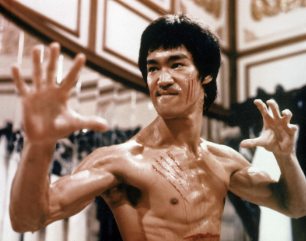
Li Jun Fan, known as the legendary Bruce Lee, was an American-born Hollywood actor. He moved back to Hong Kong early in his childhood, but his parents sent him back to the states due to his rebellious behavior of joining gangs and using martial arts such as kung fu against them. Eventually, Lee opened up his own martial arts school and created his own martial arts called jeet kune do. Lee’s fame rose once his kung fu demonstrations were catching the eyes of television producers which soon made him a star. His two films, Fists of Fury and The Chinese Connection, broke box-office records in Asia, making him an international sensation.
